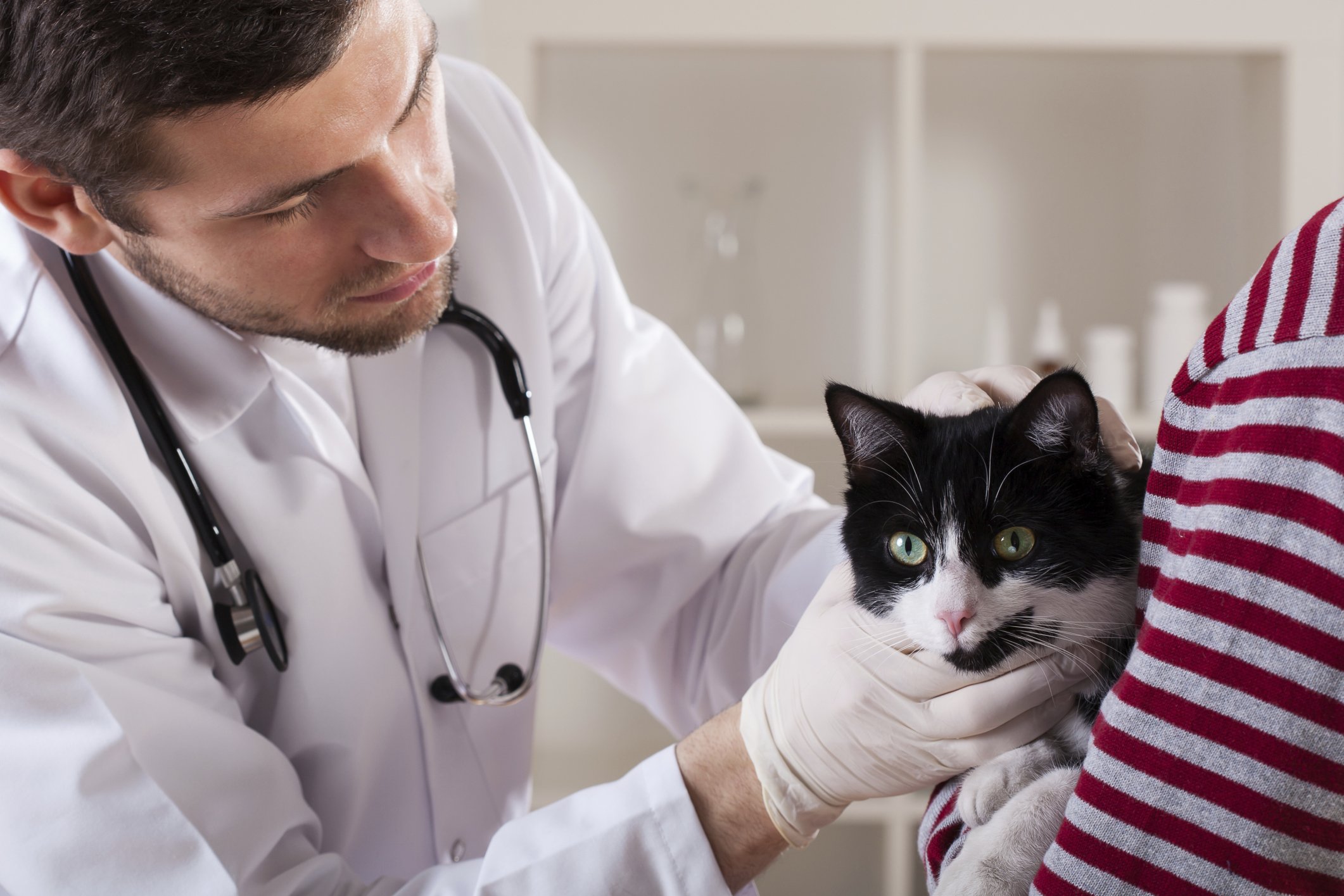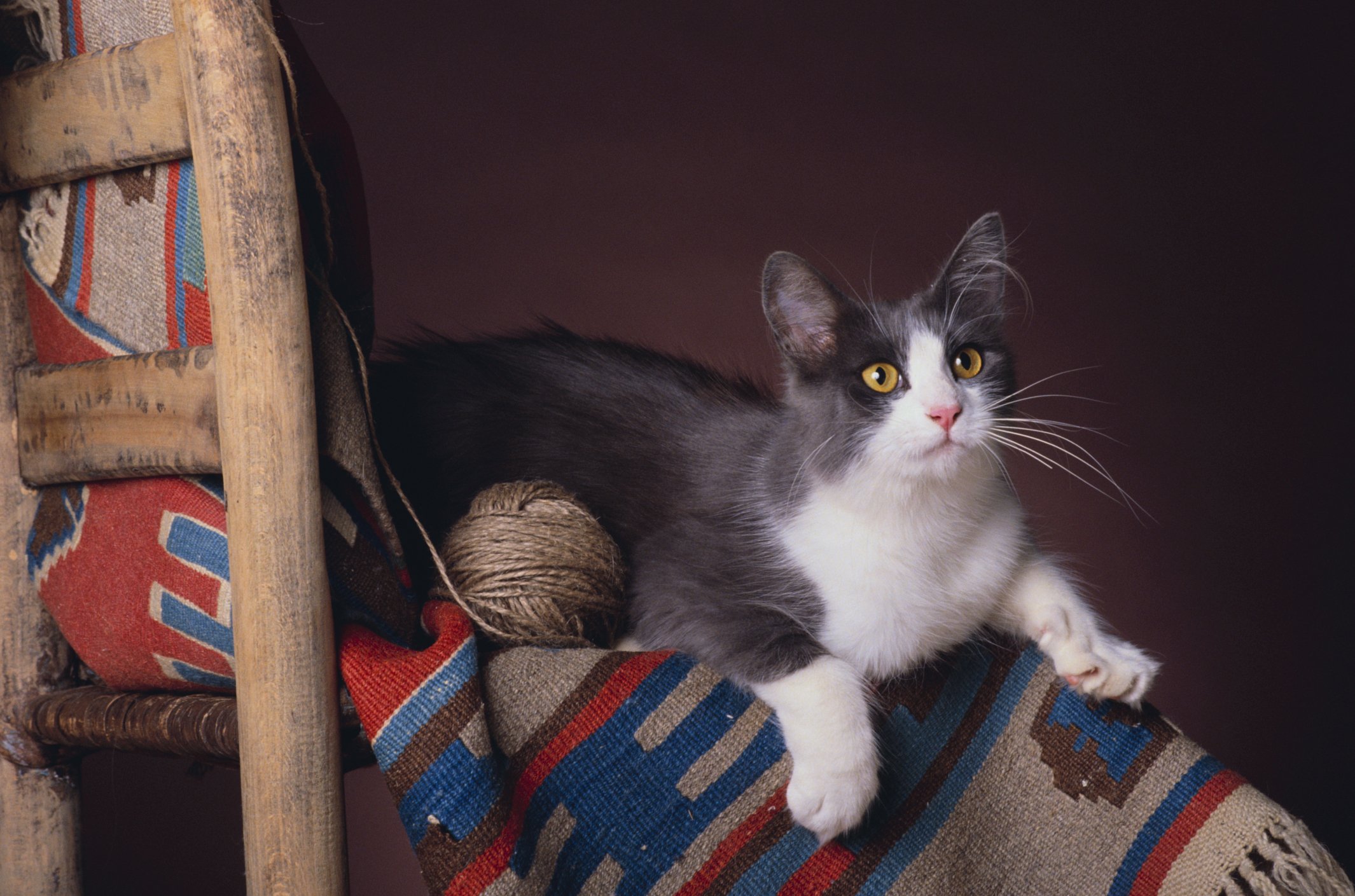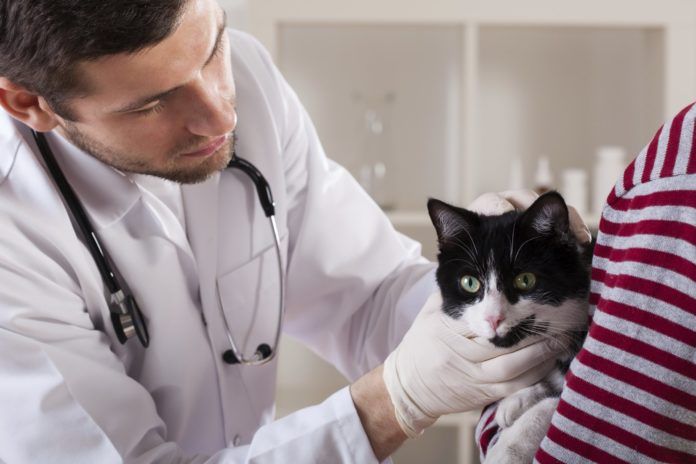It isn’t unusual for cat owners to spend more than $1,500 per year per cat. If that sounds daunting, there may be some easy adjustments you can make — like avoiding gourmet foods, fancy collars, pricey toys and designer cat furniture. But many costs are essential to keeping cats healthy.
Cats need yearly veterinary exams (twice a year when older), necessary vaccinations, nutritious diets suited for their specific health conditions and ages — as well as toys that provide mental and physical stimulation. In addition, the cat budget must also account for litter, food and water bowls, a sturdy scratching post and a carrier for trips to the veterinary clinic and other places.
THINKSTOCK


Fortunately, there are some simple ways to whittle down these expenses and still have a healthy, happy cat. For starters, consider adopting a cat from your local animal shelter rather than purchasing one from a pet store or breeder. Shelter pets are significantly less expensive, and you are saving an animal’s life in the process. Often, the shelter’s nominal adoption fee ensures that your pet has already been neutered and vaccinated.
Monitor your cat closely
Learn what is physically and behaviorally normal for your cat to avoid booking unnecessary veterinary appointments.
“Signs of illness should be divided into those of no concern and those that should be addressed,” says Michael Stone, DVM, Clinical Assistant Professor specializing in internal medicine at Cummings School of Veterinary Medicine at Tufts University. “For example, mild episodes of sneezing, especially in young cats, are frequently caused by colds and as long as the cat’s appetite remains good, the sneezing can be watched for spontaneous improvement over the next week. Intermittent vomiting of hair (hair balls) may be addressed by brushing the cat more frequently.” (See related article on page 8 of this issue.)
Simple observation and regular home exams can prevent small health problems from becoming large, costly ones, he adds. However, signs that warrant immediate veterinary attention include loss of appetite, straining to urinate, listlessness, weight loss and rapid breathing. So does excessive thirst, an early sign of diabetes mellitus.
“When conditions are detected early, many are simple to treat, but delays in veterinary care may require expensive procedures and even hospitalization,” says Dr. Stone.
Arnold Plotnick, DVM, a board-certified veterinary internist and owner of Manhattan Cat Specialists, recommends regularly checking your cat’s body for lumps, and his eyes, ears and mouth for potential eye disorders, ear infections and dental issues.
“The sooner problems are detected, the better the prognosis, and the less expensive the treatment,” emphasizes Dr. Plotnick.
Dr. Stone encourages cat owners to enroll in a pet first-aid class offered by local chapters of the American Red Cross. He also recommends learning how to effectively groom your cat’s coat and trim her nails.
“Invest in quality nail clippers, brushes and shampoos and learn how to groom, bathe, trim nails and administer flea and tick preventive medicines properly,” says Dr. Stone. “By regularly grooming your cat, you can prevent hair mats from developing and spot skin problems early.”
Medication do’s and don’ts
While some owners might be tempted to save money by administering human medications that they already have on hand to their cats, both veterinarians strongly recommend against it. “Many human medications — including acetaminophen, aspirin and ibuprofen — are toxic to cats,” emphasizes Dr. Stone.
Adds Dr. Plotnick, “Because cats metabolize some drugs differently than humans, medications that work for humans won’t necessarily work for cats. On the other hand, low-cost generic medications made for cats are perfectly fine. I automatically prescribe generics to my clients to help them save some money. You can ask your veterinarian to do the same.”
Some cats develop chronic conditions that require regular doses of medication. That can add up over time. One solution: shop online at a reputable pharmacy.
If your cat needs a costly medical procedure, Dr. Stone suggests that you try to work out a payment plan with your veterinarian. “Veterinarians are sensitive to their clients’ financial concerns,” says Dr. Stone. “Creative solutions almost always exist, so don’t hesitate to discuss payment options with your veterinarian.”
Pet-proof your home
An ounce of accident prevention can save you a lot of money. To reduce the risk of accidents, take a good look around your house. Unfortunately, things that are most attractive to cats can often be the most dangerous.
THINKSTOCK


“The idea of a kitten playing with a ball of yarn may sound sweet, but it is very dangerous,” says Dr. Stone. “If ingested, long strings can become entangled in the cat’s intestinal tract, causing severe damage. Strings, yarn, thin rubber bands and tinsel do not belong in a house with cats.”
Other potentially hazardous items include beads, marbles, buttons, needles, pins, thumbtacks, discarded dental floss and plastic bags. Cat-proof your home by stashing these items in drawers, cabinets or covered storage boxes. All trash cans in the house should have lids. To prevent falls, don’t forget to check the screens in your windows, especially if you live in a high-rise apartment or condo.
Another way to save on pet care costs is to know which plants are safe and which are dangerous to cats. Popular plants that are toxic to cats include bird of paradise, geranium, holly and tulips. All members of the lily family are dangerous to cats.
“I was happy to notice one floral shop that placed a warning label for cats on its packages of lilies,” says Dr. Stone.
Safe indoor plants for households with cats include African violets, ice plants, spider plant and zinnias. The American Society for the Prevention of Cruelty to Animals provides a complete list of toxic and non-toxic plants for cats on its website at www.aspca.org.
But the absolute best way to prevent a multitude of potentially expensive health problems is to keep your cat indoors. “Outdoor cats can pick up diseases including rabies, become injured in cat fights or be hit by cars,” notes Dr. Plotnick. “In cold weather, they can get frostbite and in hot weather, they can fall into swimming pools or be exposed to fleas and ticks.”
Keeping cats indoors can also save you the expense of administering vaccines that may be unnecessary for low-risk cats. “Vaccination against feline leukemia virus, feline immunodeficiency virus and feline infectious peritonitis are considered ‘non-essential’ for strictly indoor cats,” says Dr. Stone.
Save money on food
Overfeeding sedentary cats may result in high food bills, as well as expensive obesity-related disorders. “The recommendations on cat food labels are broad guidelines. The daily amount fed should depend on the individual cat,” says Dr. Plotnick. “If your cat is gaining weight, work with your veterinarian on gradually cutting back on the portion size to best meet your cat’s activity level.”
Supervise feedings in multiple-cat households, where food-motivated cats may engage in “double-dipping” by eating food from another cat’s bowl. Keep an eye on your cat’s water bowl, too. Easy access to fresh, clean water is excellent long-term health insurance for your cat.
Drs. Stone and Plotnick recommend investing in high-quality commercial foods. Again, work with your veterinarian to pick a calorie-dense diet that matches your cat’s age, health condition and activity level. “It’s penny-wise and pound-foolish to feed your cat low-quality food,” stresses Dr. Plotnick. “Her health will suffer.”
Similarly, resist choosing low-cost cat litters. Inexpensive litters often produce more dust, which can impact your cat’s respiratory system, cautions Dr. Plotnick.
When selecting food and litter, consider buying in bulk to save money. However, make sure that food is placed inside air-tight containers to keep it fresh.
Network with other owners
For times when you need to travel, arranging for care of your stay-at-home cat can be expensive. You can save money on professional pet sitters or boarding by creating a network of friends and neighbors who have cats and are willing to share in the pet-sitting duties. Cats tend to be more comfortable in their home environments.
Consider purchasing cat carriers, leashes and food bowls at garage sales. And websites such as Craigslist often offer opportunities to purchase new supplies for a fraction of retail prices. — Catnip staff




